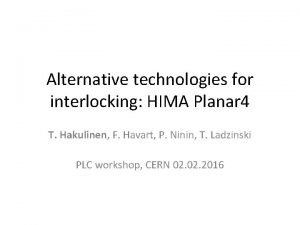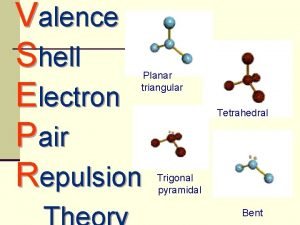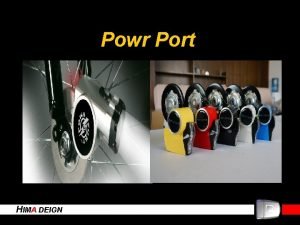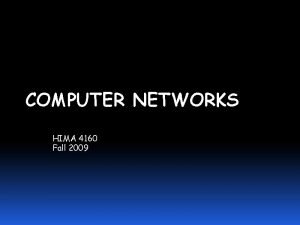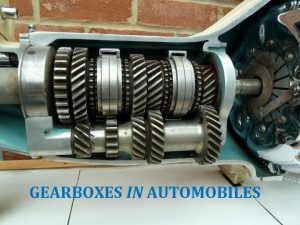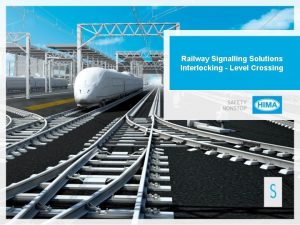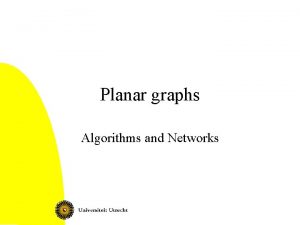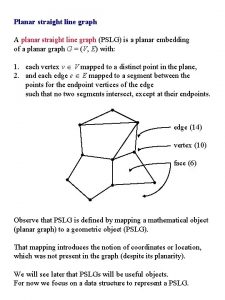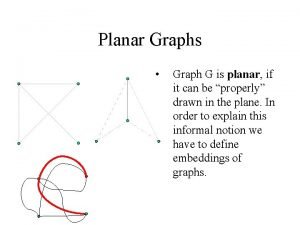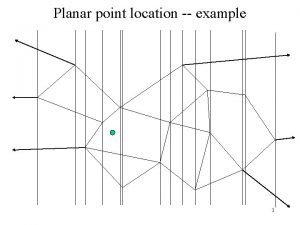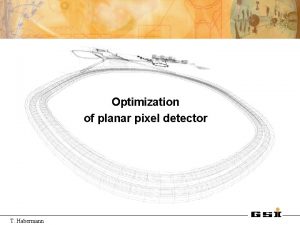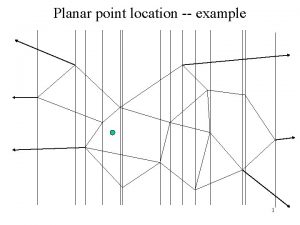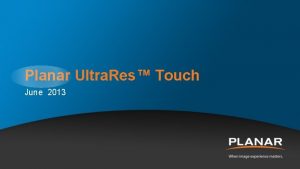Alternative technologies for interlocking HIMA Planar 4 T















- Slides: 15

Alternative technologies for interlocking: HIMA Planar 4 T. Hakulinen, F. Havart, P. Ninin, T. Ladzinski PLC workshop, CERN 02. 2016

Interlock technologies at CERN • PLC – Personnel safety systems (LASS, PASS, SPS, …) – Machine protection • Relay-based – Personnel safety systems (LASS and PASS redundant chains) • FPGA or ASIC – Machine protection – FPGA being tested in personnel protection • Logic cards – Personnel protection (North Area primary ion interlock)

Planar 4 by HIMA • HIMA Paul Hildebrandt Gmb. H + Co KG – German family-owned enterprise – Only deals in safety systems (PLCs and wired logic) • Planar 4 is a product line of hard-wired logic cards, which can be used to build arbitrary safety logic • All cards are designed safety-related with active monitoring of all critical functions • Most Planar 4 cards are certified for use in SIL 4 systems according to IEC 61508 • Used extensively in critical process safety applications (oil rigs, chemical plants, etc. ) as well as people transport systems • Logic implemented on the rack-level, defective cards can be easily exchanged

Planar 4 modules • Basic logic modules: AND, OR, NOT/block (4 -8 gates per module) • I/O: line monitored connections (circuit break, short circuit) • Timing/delay modules (SIL 3 instead of SIL 4 due to a bit of firmware on chip) • Communications / monitoring via Profibus, Modbus, or OPC • Installation in standard 19 inch sub-racks

Safety-related design • All Planar 4 cards implement safety-related logic, i. e. , minimized failure probabilities and known failsafe states • Example: AND gate A simple relay-based AND gate HIMA Planar 4 AND-gate. The internal design is based on dynamic signaling driven by a signal generator. A simultaneous failure of up to three separate components leads to the output being de-energized.

Programming Planar 4 • The programming interface is “vintage”: – Wrapping or soldering on the sub-rack backplane – Pro: robust and guaranteed against accidental modifications – Con: even small modifications hard: often have to unsolder other stuff to access the pins Planar 4 rack in the development phase when the connections were not yet soldered but attached with clips

Programming Planar 4 (2) • Performance: – Individual HIMA modules can have internal processing delays of up to tens of milliseconds (downside of that safety-related design) – Consequently, reaction time of the full logic chain can be hundreds of milliseconds • Optimization: – Implement critical logic paths using OR-gates (simple diode bridge, minimum delay) – Using De Morgan’s theorem: AND-gate = OR-gate with inputs and outputs inverted – Drawback: logic may become somewhat “unnatural” and harder to understand • If you need more complexity… – Remember: only basic gates available – More complicated logic elements (latches, flip-flops, complementary ambivalent I/O) must be constructed from the basic elements

Application: SPS North Area primary ion interlock • Problem: – Need to mix high-intensity proton (for LHC etc. ) and low intensity primary ion cycles (for NA 61 experiment) within the same SPS supercycle to optimize SPS usage – Primary ions are extracted towards the North Area with the usual secondary beam line elements removed – Accidentally extracting a high-intensity proton beam towards the North Area would create a serious radiation hazard • Solution: – A special safety interlock to measure beam intensity and interlock extraction towards the North Area if intensity too high – Two separate safety chains: PLC (Siemens S 7) and wired (HIMA logic cards) for redundancy and diversity as required by host state nuclear authorities – Pilot implementation of the wired chain with logic cards instead of relays

Primary ion interlock: where • SPS ring is 7 km in circumference • Interlock sensors at point 5 • Interlock actuators at the opposite side at point 2 • Interlock logic in-between at the CERN Control Center • Cabling in the SPS tunnel (copper for HIMA, Fiber optic for PLC)

Primary ion interlock: equipment Sensors: Two Beam Current Transformers (BCT) at SPS point 5 Actuators: Two power converter racks and extraction magnets at point 2 Interlock rack (PLC and wired) at CERN Control Center

Primary Ion interlock: HIMA sub-rack • One HIMA Planar 4 sub-rack to contain all modules: Fuse Delay Block AND OR Input Block Profibus

Primary Ion interlock: logic From a simple logic in principle… …to a much more complicated logic in practice.

Primary ion interlock: supervision • Supervision via the Profibus communications module – Every gate of every card can be monitored – Data acquisition by a PLC, which in turn connected to CERN Technical Network • Data/event logging and a simple graphical interface via TIM

Return of experience • In use now since beginning of 2015 during two primary ion runs • No malfunctions detected • HIMA Planar 4 pros: – – Certified for use in high safety level systems (SIL 3/4) Maintenance of the finished system is quite straightforward Very easy to supervise and monitor Fairly well scalable • Cons: – Rigid implementation, hard to change – Relatively slow reaction times – Large implementations become costly

Thank You
